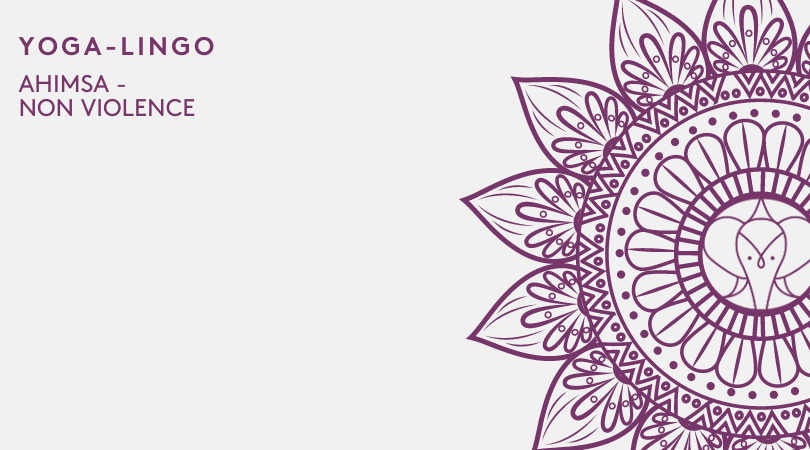Tadasana - Mountain Pose
The base of all standing poses, Tadasana is a great beginning position, resting asana, or tool for improving your posture. Also called the Mountain Pose, Samasthiti, Prayer Pose, or Equal Standing Pose, it involves putting your feet together and your hands at your body’s sides.
Tadasana comes from two Sanskrit words. Tada means “mountain” and asana means “seat” or “posture.” Yogis perform it often as a preparation for other poses. However, you can also do it alone just for its benefits. Tadasana doesn’t look like a challenging pose from the surface but it requires hard work to keep your body aligned and active.
Step by Step Instructions
- Stand with your big toes’ bases touching and heels slightly apart. It that bothers your knees you can move your feet wider out, remember that we all have different bodies and our stands change a bit from person to person.
- Lift and spread the toes and your feet’s balls, before laying them down on the floor softly. Once you do that, lift the arches away from the floor and move the inner ankles away from each other.
- Rock back and forth, then side to side. Find your balance there, rocking a little bit will help you find your center.
- Firm the thigh muscles and lift your kneecaps while avoiding to press your knees down. Think more quads than knees.
- Imagine an energy line along the inner thighs all the way to the groins, then from there through your torso, neck, and head’s core, and out through your head’s crown.
- Slightly turn your upper thighs inward.
- Lengthen the tailbone slightly, without tucking in too much, think more about bringing your pelvis to neutral.
- Press the shoulder blades into the back before widening them across and releasing them down the back.
- Lift your sternum’s top straight toward the ceiling without pushing the lower front ribs toward the front.
- Widen the collarbones.
- Hang the arms beside your torso.
- Balance your head’s crown directly over your pelvis’ center, with your chin’s underside parallel to the ground, throat soft, and your tongue wide and flat on your mouth’s floor.
- Soften the eyes.
- Stay in this pose for at least 30 seconds, breathing easily.
Benefits
Strengthens the ankles, knees, and thighs
Improves posture, stability, confidence, and groundedness
Firms the buttocks and abdomen
Reduces flat feet
Stacks the bones and keeps the spine long
It can help relieve sciatica
This pose makes your body lighter, so it paves way for the easier practice of many other poses
Preparatory Poses
Adho Mukha Svanasana
Uttanasana
Follow-Up Poses
Try recreating Tadasana’s balanced sensation in every standing pose
Modifications
Check your alignment in Tadasana with the back against a wall. Stand with your shoulder blades, sacrum, and heel’s backs touching the wall.
Drishti
In the Ashtanga Vinyasa Yoga method, the proper drsti for Tadasana is nasagra drsi at the nose’s tip
It is advisable to perform the Sushumna drsti for drawing awareness inward
Bandhas
Uddiyana Bandha
Mula Bandha
Variations
There are so many variations of the Mountain Pose. Some of them include:
Tadasana Gomukhasana (Standing Cow Face Pose)
Tadasana Paschima Buddha Hastasana (Back Bound Hands Pose)
Urdhva Hastasana (Volcano Pose)
Supta Tadasana (Reclined Mountain Pose)
Tadasana Paschima Namaskarasana (Standing Reverse Prayer Pose)
Urdhva Hastotanasana (Palm Tree Pose)
Utthita Tadasana (Five Pointed Star Pose)
Beginner’s Tip
Stand with the inner feet slightly apart, say 3 to 5 inches, to improve balance in the Tadasana pose









